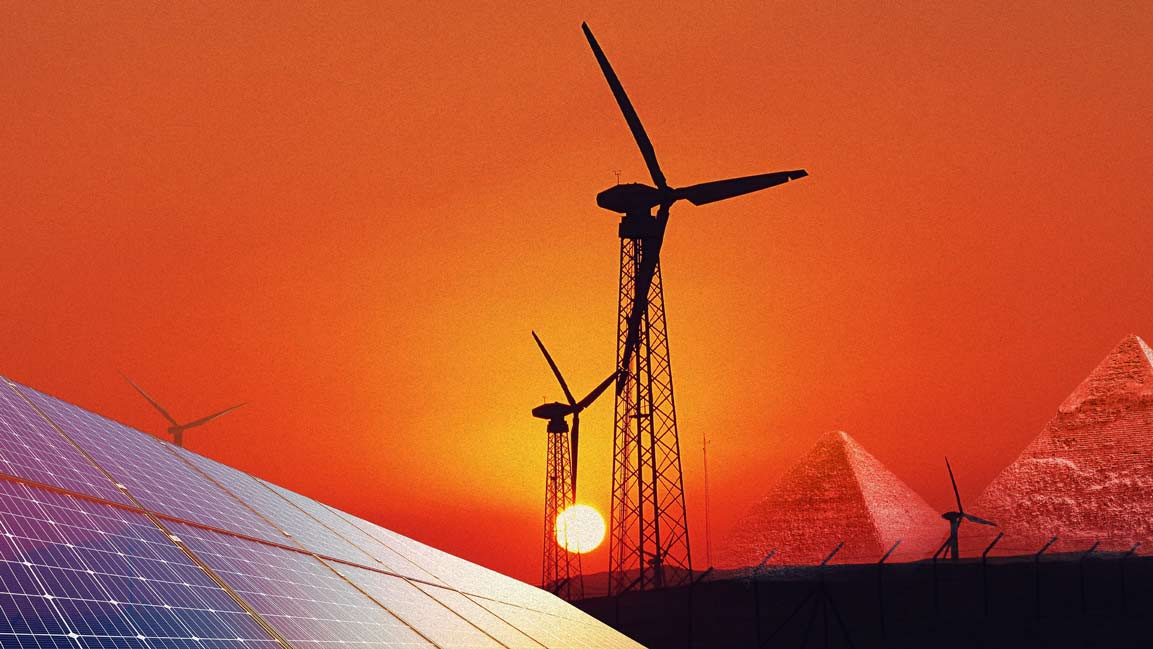- | 12:00 pm
Egypt allocates 40,000 square kilometers for renewable energy initiative
The allocated sites include four plots east and west of the Nile, six west of Sohag and Aswan, and land for the Faris and Benban power stations.

In a recent meeting with Prime Minister Mostafa Madbouly, Nasser Fawzy, Director of the National Center for Planning State Land Uses, highlighted the substantial progress in land allocations for renewable energy projects across Egypt.
Since 2022, the center has allocated over 40,000 square kilometers for electricity and renewable energy developments. These include four plots located east and west of the Nile, six areas situated west of Sohag and Aswan, and land designated for constructing the Faris and Benban power stations.
The allocations also encompass space for a solar power plant, the Benban methanol and ammonia production project and its extension, as well as a new renewable energy venture in the New Valley.
Fawzy also highlighted ongoing initiatives, such as wind power plants west of the Gulf of Suez and a solar facility in Nagaa Hammadi, Qena.
Additionally, the meeting discussed plans to repurpose reclaimed land from recent encroachment clearances for national projects, public services, and the presidential “Decent Life” initiative, further supporting Egypt’s sustainable development goals.
Despite this progress, Egypt’s government has recently made a surprising shift in its energy strategy.
Earlier this week, the country announced a reduction in its renewable energy target for 2040, scaling back from 58% to 40%. This change comes as Egypt pivots towards natural gas to address growing energy demand.
The decision to revise the target, which was set as recently as June, follows the country’s ongoing struggle with a severe electricity crisis, prompting a reassessment of its long-term energy priorities.
Egypt has become a key supplier of liquefied natural gas (LNG) to Europe. In 2022, LNG exports reached nearly 9 billion cubic meters, generating $8.4 billion in revenue.
However, domestic gas output is declining, including from the country’s largest gas field, Zohr, now operating at about 40% below capacity. Egypt’s overall gas production has dropped from 67 billion cubic meters in 2022 to an estimated 56 billion cubic meters in 2024, pushing the country toward becoming a net importer of natural gas.































